#abelisaur
Photo

Hunter on the plains.
429 notes
·
View notes
Photo

Simply had to do a study featuring the Rajasaurus from Prehistoric Planet, absolutely in love with the design and patterns on this one.
#my art#paleoart#rajasaurus#dinosaur#prehistoric planet#prehistoric planet season 2#sciart#paleontology#theropod#abelisaur#abelisauridae#carnivore#cretaceous#prehistoric#extinct#animal#india#documentary#study
257 notes
·
View notes
Photo
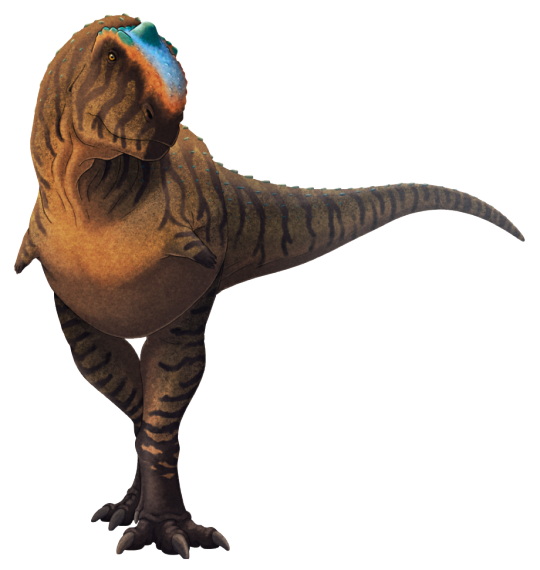
Abelisaurids were a group of theropod dinosaurs characterized by short snouts, bony ornamentation on their skulls, tiny stiff arms, and stocky legs. Known mostly from the southern continents of Gondwana, they were the dominant predators in these regions and are thought to have been specialized hunters of titanosaurian sauropods.
Rajasaurus narmadensis lived in what is now western India during the Late Cretaceous, about 67 million years ago. Around 7m long (23'), it had very rough-textured thickened bone on the top of its snout, along with a short rounded horn on its forehead that was probably used for display or headbutting behaviors.
India at this time was an isolated island continent located off the east coast of Africa, and Rajasaurus' ancestors probably island-hopped across from then-nearby Madagascar – where its closest known relative lived, the very similar-looking Majungasaurus.
———
Nix Illustration | Tumblr | Twitter | Patreon
#science illustration#paleontology#paleoart#palaeoblr#rajasaurus#abelisauridae#abelisaur#ceratosauria#theropod#dinosaur#art#unicorn#unconventional unicorns
574 notes
·
View notes
Video
Jurassic World Dominion just came out and I really enjoyed it, but Prehistoric Planet’s dinosaurs look as real, natural, and adorable as we could ever get.
(Watch to add 10yrs to your lifespan)
#prehistoric planet#jurassic world dominion#jurassic world#jurassic park#dinosaurs#dinosaur#dino#carnotaurus#animals#paleobiology#paleo#paleontology#abelisaurid#Apple TV#jw#jp#jwd#nature#abelisaur#animal
732 notes
·
View notes
Text
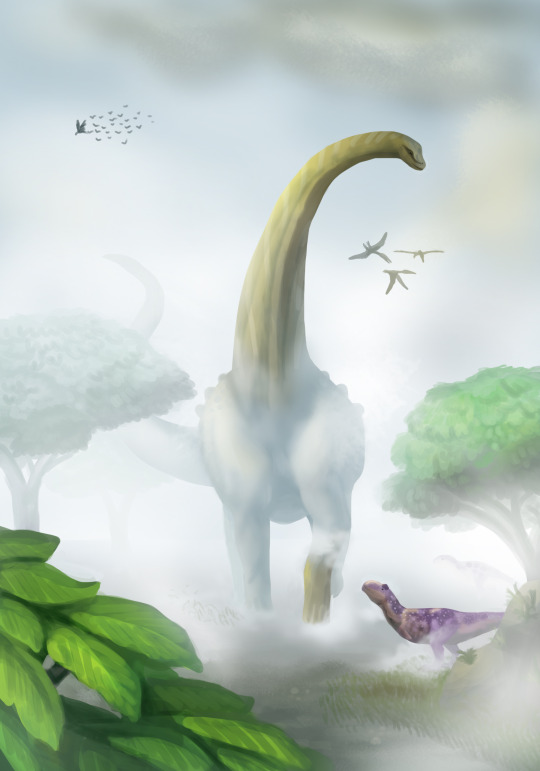
a titanosaur in the mist
#titanosaur#paleoart#paleoblr#palaeoblr#nature#art#theropod#abelisaur#sauropod#bruhathkayosaurus#cretaceous#yee art
160 notes
·
View notes
Note
Trick or treat!! 𓅪

Rugops!
27 notes
·
View notes
Text
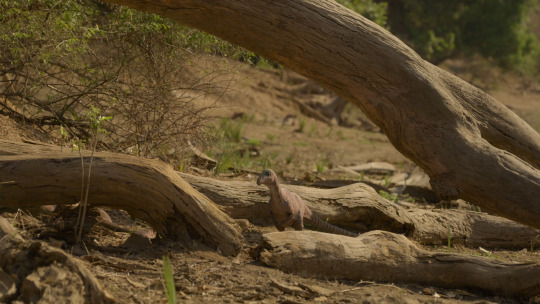



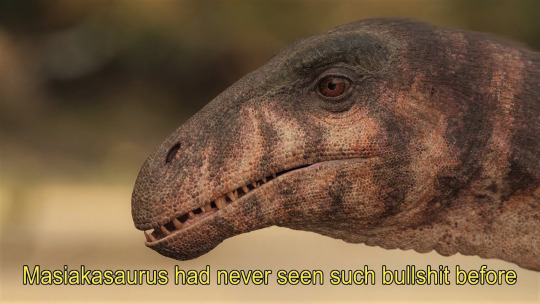
#masiakasaurus#abelisaur#theropod#dinosaur#prehistoric planet#coproliteposting#poor masiakasaurus#they need to watch out for ambush predators#madtsoia#snake#squamate#cw: snakes#in looking up this snake to get the spelling right i found out it survived the k-pg extinction!#they were around until the eocene#cw: animal death
25 notes
·
View notes
Photo

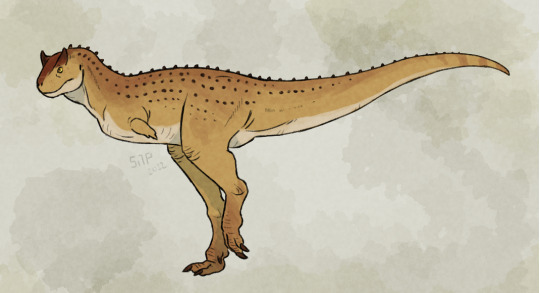
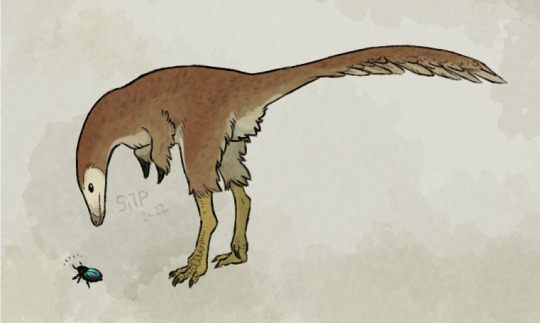
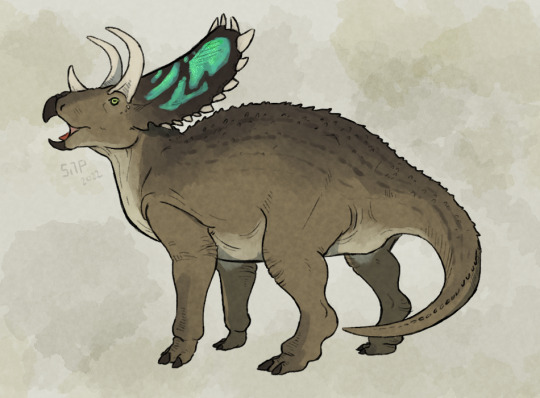
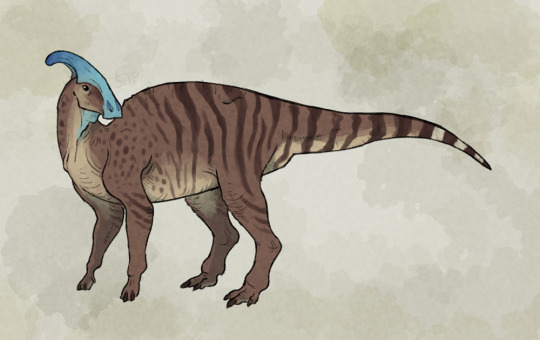
Anatomy practice for four dinos and a pterosaur.
Reblogs>Likes
#my art#paleoart#mononykus#pentaceratops#parasaurolophus#carnotaurus#anhanguera#dinosaurs#dino art#ceratopsian#hadrosaur#abelisaur#pterosaur#sorry if the anatomy isn't the best these are all my first time drawing each species lol
55 notes
·
View notes
Text
Dinofact #44
Known from several well-preserved skulls, Majungasaurus can be distinguished from other abelisaurids by its wide skull, its thick, roughly textured bone on its snout, and the single rounded horn on the top of its skull, which was originally mistaken for the dome of a pachycephalosaur. It also had more teeth than moth other abelisaurids.
Source: wikipedia
#dinosaurs#dinosaur#paleontology#majungasaurus#majungasaurus crenatissimus#theropod#theropods#theropoda#abelisaur#abelisaurid#abelisaurids#abelisaurs#abelisauria#abelisauridae#fun facts#trivia#dinosaur trivia#dinosaur fun facts#7th#october#2022#october 7th#october 2022#october 7th 2022
3 notes
·
View notes
Text
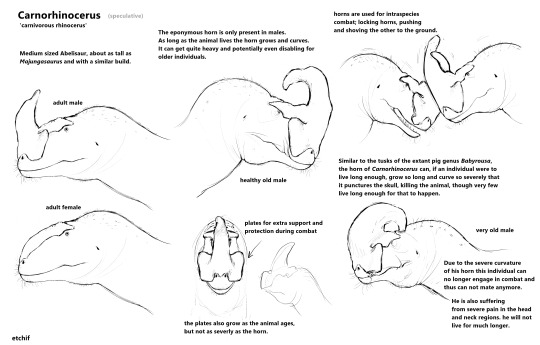
Carnorhinocerus, the Carnivorous Rhinocerus
#name obviously inspired by the one and only.#etchif art#speculative evolution#speculative paleontology#peculative biology#paleontology#dinosaurs#abelisaurs#paleoart#kind of#paleoblr#palaeoblr#spec evo#spec bio#spec paleo
182 notes
·
View notes
Text

Sketch of the unnamed Kenyan Giant Abelisaurid
82 notes
·
View notes
Text

A Rajasaurus relaxes in a hot spring in the Lameta formation
#This took ages I'm going to fuckign lose it#might've fucked up the size of the dinosaur but at this point I'm too tired to care lmao#art#my art#digital art#paleoart#paleontology#palaeoblr#archosaurs#dinosaurs#theropods#ceratosaurs#abelisaurs#rajasaurus#queue
17 notes
·
View notes
Text

tinkering around with an abelisaur-esque fictional creature!
#wanna give em some armour n riding tack sometimes hehe#creature design#oc#illustration#dinosaur#abelisauridae#theropod#paleoart#kinda-ish
10K notes
·
View notes
Text
Looking for Abelisaur Teeth for Sale
Each tooth has been carefully sourced and is guaranteed to be of high quality. Whether you're a fossil enthusiast, a collector, or simply someone fascinated by the ancient world, these Abelisaur teeth make for a captivating addition to any collection.
0 notes
Text
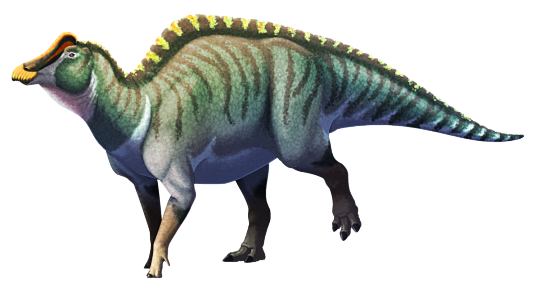
For a long time there were no hadrosaurid fossils known from Africa.
This seemed to mainly be due to the limits of the geography of their time. Hadrosaurs evolved and flourished during the late Cretaceous, when Africa was isolated from all the other continents, and they didn't seem to have ever found their way across the oceanic barriers.
…Until in 2021 a small hadrosaur was discovered in Morocco, a close relative of several European species, showing that some of these dinosaurs did reach northwest Africa just before the end of the Cretaceous - and with no land bridges or nearby island chains to hop along, they must have arrived from Europe via swimming, floating, or rafting directly across several hundred kilometers of deep water.
And now another hadrosaur has just been described from the same time and place.
Minqaria bata lived in Morocco at the very end of the Cretaceous, about 67 million years ago. Only known from a partial skull, its full appearance and body size is unknown, but it probably measured around 3.5m long (~11'6") – slightly larger than its previously discovered relative, but still very small for a hadrosaur. It might represent a case of insular dwarfism, since at the time Morocco may have been an island isolated from the rest of northwest Africa.
Along with its close relative Ajnabia, and at least one other currently-unnamed larger hadrosaur species, Minqaria seems to be part of a rapid diversification of hadrosaurs following their arrival in Morocco, adapting into new ecological niches in their new habitat where the only other herbivorous dinosaur competition was titanosaurian sauropods, and the only large predators were abelisaurs.
If the K-Pg mass extinction hadn't happened just a million years later, who knows what sort of weird African hadrosaurs we could have ended up with?
———
NixIllustration.com | Tumblr | Patreon
#science illustration#paleontology#paleoart#palaeoblr#minqaria#hadrosaur#hadrosauridae#ornithopod#ornithischia#dinosaur#art#insular dwarfism#african hadrosaurs!
433 notes
·
View notes
Note
Is there a known reason or possible explanation/s for why the Carnotaurs and other abelisaurs evolved even shorter arms than T-Rex's?
So, the muscles in the neck area, as a rule, get really buff when theropods become large predators - it happened in Abelisaurs, it happened in Allosauroids, it happened in Megalosaurs, it happened in Tyrannosaurs. This is because, as the animal gets bigger, it tends to interact with prey and the environment more with its mouth and jaws than with its arms, because the mouth and jaws are more powerful and efficient. The musculature in the neck region directly conflicts with musculature in the upper arm for space, as they are next to each other. As such, as the muscles in the neck grow, the muscles in the arm shrink. This leads to a corresponding shrink of the arms in these large predators. In each line, if they had continued to evolve, they may have lost their arms a la Moas.
Abelisaurs, however, kept their tiny arms, and what's weird, is that the arm is attached to a completely 360 degree rotational socket, unlike the sockets the rest of us have at the arm. As such, they were able to wiggle and move them a LOT. This leads researchers to think that they were used, specifically, for display.
Remember everyone: every single dinosaur, every single one, is a variation of the peafowl.
They live in *style*.
777 notes
·
View notes